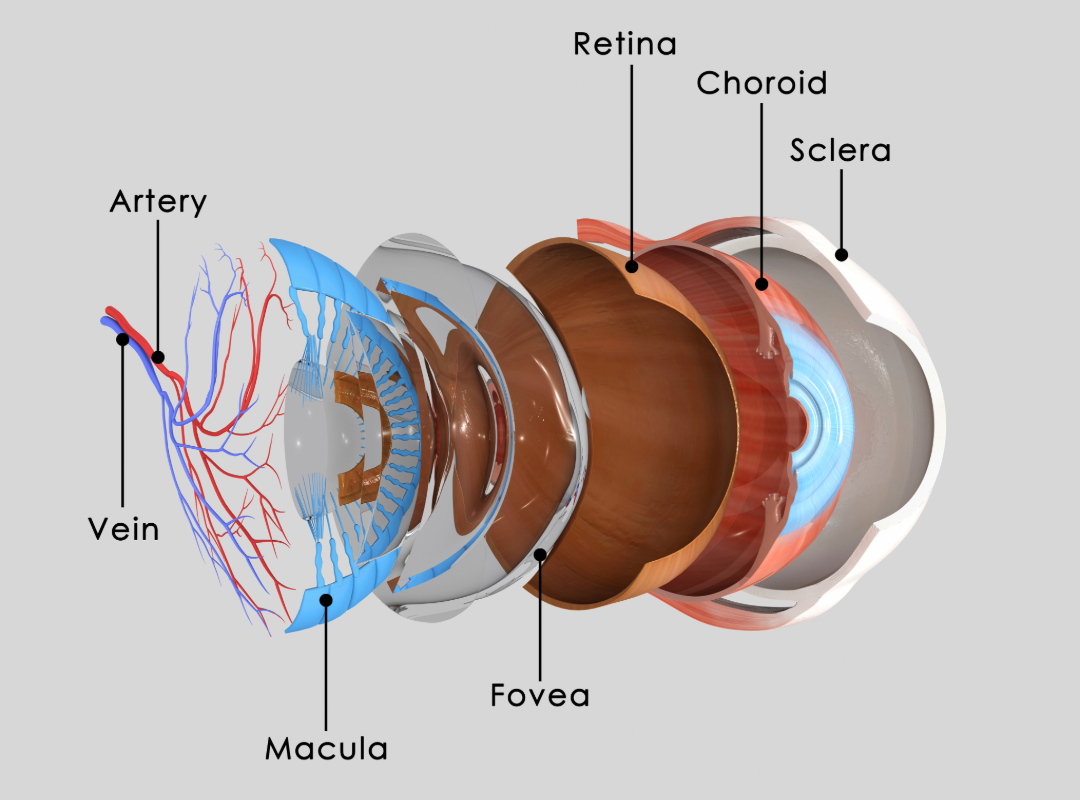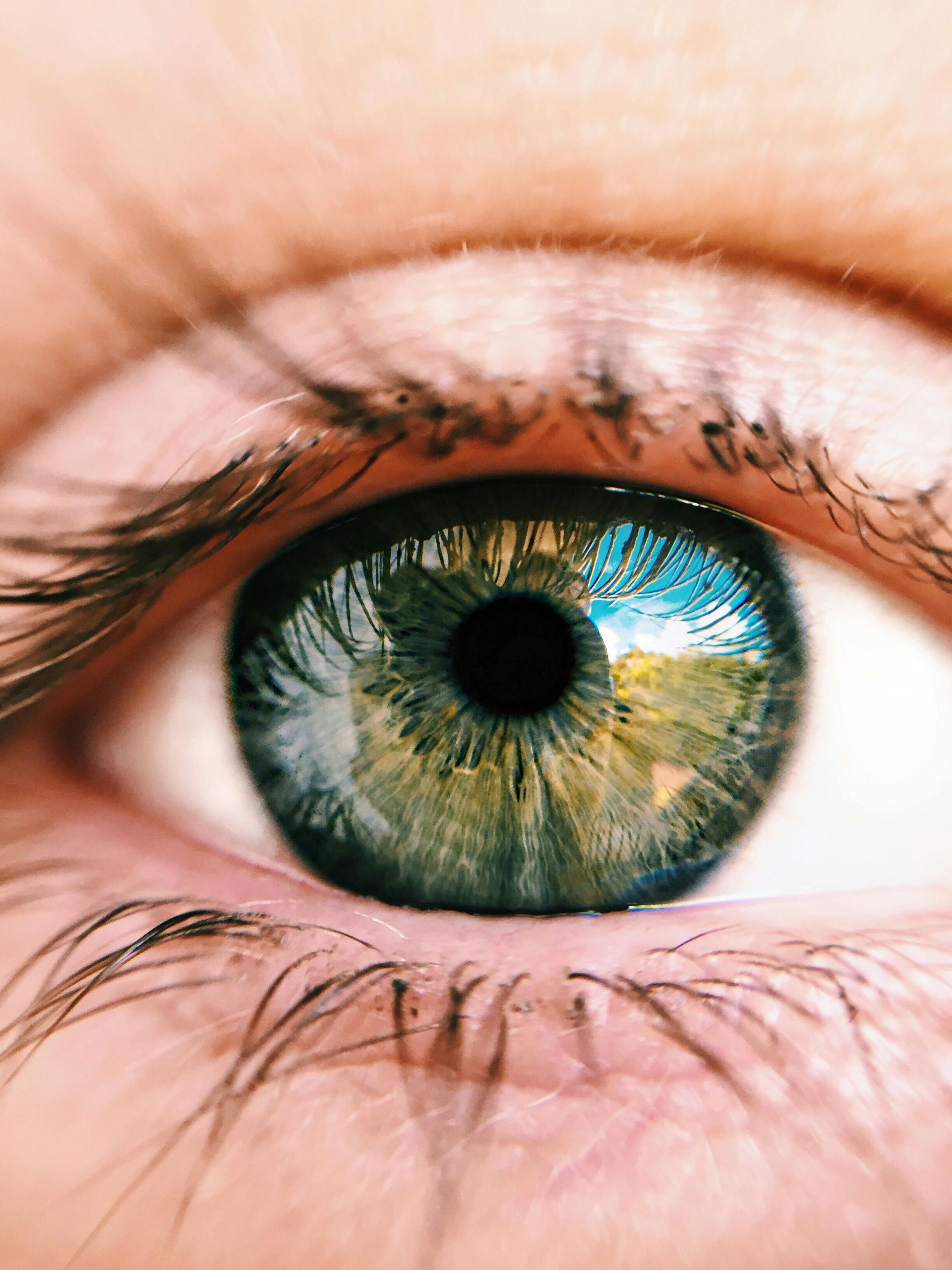Blepharitis
Causes, Symptoms, Diagnosis, and Treatment
What is Blepharitis?
Blepharitis is a common and often chronic condition that causes inflammation of the eyelids, typically near the base of the eyelashes. It can affect one or both eyes and is often associated with irritation, redness, and the formation of crusts or flakes along the eyelid edges. While not usually a serious condition, if left untreated, blepharitis can lead to further complications, including eye infections or dry eye syndrome.
Don't wait for your eyes to worsen!
Schedule an appointment with our optometrists today for expert diagnosis and relief options. Your eyes deserve the best care—don’t wait to find comfort!
Symptoms of Blepharitis
Symptoms of Blepharitis can vary but often include:
- Red, swollen, or itchy eyelids
- Crusty or flaky buildup at the eyelid margins
- Burning or gritty sensation in the eyes
- Dry or watery eyes
- Sensitivity to light
- Blurry vision
- Eyelashes falling out or becoming misdirected
Common Cause of Blepharitis
Blepharitis is caused by inflammation of the oil glands situated behind the eyelashes. These glands play a crucial role in producing the outermost layer of tears. When blepharitis occurs, the oils from these glands fail to flow smoothly, leading to clogged openings of the glands.
Blepharitis and dry eyes frequently coincide, leading to uncertainty about whether dry eyes are the cause of blepharitis or vice versa. This overlap occurs so regularly that some researchers and ophthalmologists now consider these two conditions as components of a singular, ongoing eye issue known as dry eye blepharitis syndrome (DEBS).
Diagnosing Blepharitis
Our optometrists at Saugeen Vision Centre can diagnose Blepharitis through a comprehensive eye exam. Our optometrists will carefully examine your eyelids and lashes to look for signs of inflammation or infection. In some cases, additional tests may be required to determine if an underlying condition is contributing to the symptoms.
Treatment Options for Blepharitis
While blepharitis cannot always be cured, effective treatments can help manage the condition and reduce symptoms. Treatment options may include:
- Artificial Tears: Over-the-counter artificial tear drops can alleviate dryness and may be used to soothe the eyes.
- Antibiotic Ointments or Drops: In some cases, prescription ointment, omega 3 fatty acid supplements, or steroid eye drops may be used to address bacterial infections or inflammation.
- Medications: In more severe cases, oral antibiotics or anti-inflammatory medications may be recommended.
- Warm Compresses: Applying warm compresses to loosen the debris and help improve gland function.
- Eyelid Hygiene: Regular cleaning of the eyelids to remove crusts, debris, and bacteria.
Risks of Untreated Blepharitis
If left untreated, Blepharitis can lead to several potential complications that can affect your eye health and vision, including chronic dry eye, eye infections such as conjunctivitis or styes, corneal damage, eyelash loss and decreased vision. By addressing Blepharitis early with proper treatment, you can minimize these risks and protect your eye health. If you're experiencing symptoms, it’s important to seek professional care promptly.
Regular eye exams are crucial in catching signs early and helping you find relief with the appropriate treatment plan. If you’re experiencing symptoms of Blepharitis, contact your optometrist for a comprehensive assessment and to explore the best options for your eye health.









